Edward Said is an architect who is fascinated with subterranean Valletta, encouraging visitors' captivation with who or what lay beneath the 451-year-old city.
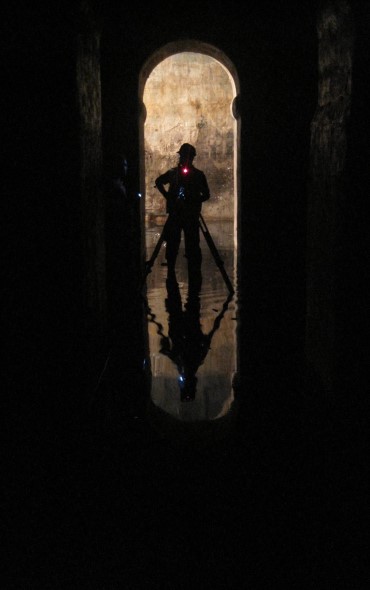
Valletta Underground
"It's frustrating because there's no definitive book or study on Valletta's architectural growth, which spans from 1565 to date. Exploring underneath the city helps us put the pieces together."
This is Architect Edward Said speaking of his continual exploration of subterranean Valletta. The young architect completed his undergrad thesis and went on to publish a book on the subject in 2013. Following the success of the publication and his fascination with the subject, Edward established NGO Valletta Underground with Andrei Cachia and Noel Azzopardi.
"People expect to hear about secret meeting chambers and dark initiation ceremonies, but at this stage, I'm talking more about sewers the Knights of St John built, and shelters that were quickly carved out during World War II. I have to be careful not to sensationalise my findings, but there is actually a lot of fascinating things which took place down there."

Valletta Underground
Apart from approaching the national telephony company to gain permission to explore sub Valletta, the young architect also knocked on a lot of doors to ask scores of individuals if he could take a peak beneath their properties.
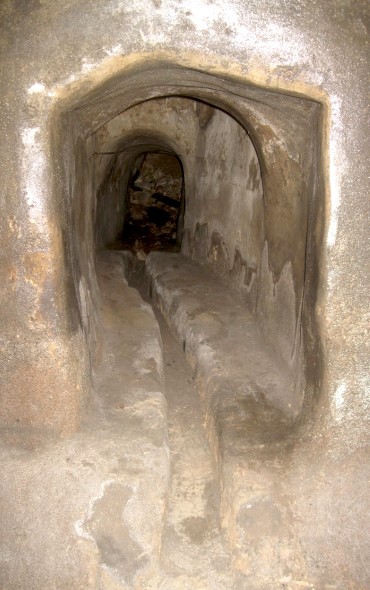
Valletta Underground
Every house had to have a well in Malta in order to survive, so the practice was to excavate a cistern first, and then use that quarried stone to build the house. As a result, there are infinite water reserves beneath the buildings of Valletta.
The knights of the Order of St John had come to Malta from all over Europe, amongst them learned engineers, and all of them hospitallers. Together they designed and built a highly sophisticated drainage system of galleries under each and every road in Valletta. Still, at the start of the 19th century when the British took reign and there was an outbreak of plague, they found the system to be outdated and unsanitary.
Sewage water is not by any means all that flowed beneath Valletta.
One instance is Manderaggio. When Valletta was being built, the Officio Delle Case (the then Planning Authority) had decreed that the inner harbour for the galleys was to be located on the Marsamxett side of the city, and that stone for the building of Valletta’s fortifications was to be quarried from the site, which took on the name Manderaggio.
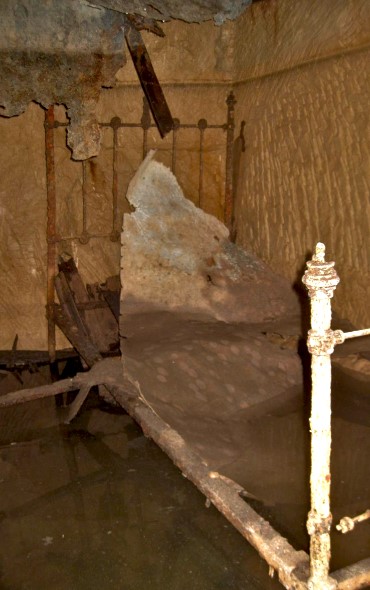
Valletta Underground
Eventually, the workers encountered a stone of inferior quality which was harder to quarry, and subsequently, it was realised that the space was too small to accommodate the entire fleet, plus the location was subject to the strong winds and currents created by the maestrale. As a result, the site was abandoned as the main quarry for the city.
In time, two-thirds of the excavated quarry became 'Valletta's underground city' slum. It is said to have homed thousands, with families of up to ten living in tiny underground rooms.
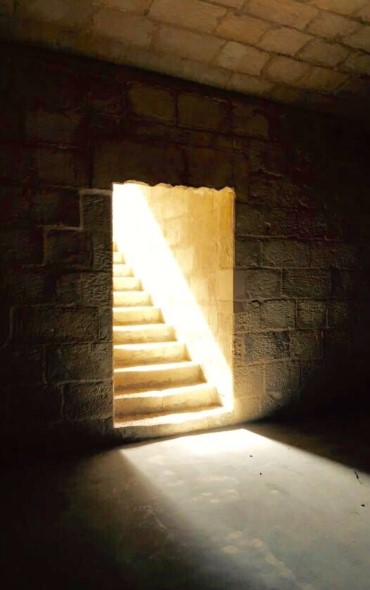
Valletta Underground
Skip ahead almost four centuries and the next major thing Valletta's underground spaces were used for is bomb shelters during WWII. With the island being the most heavily bombed country in Europe, shelters were fleetingly excavated by large teams to save thousands of lives.
Valletta also had an underground railway built in 1883, which connected Valletta to Floriana and beyond, and which served as an air-raid shelter for over 5,000 citizens during the war. Edward notes that there was probably one toilet available during this time, which seems unimaginable. Today, the railway is used as a telecommunication cable corridor and still branches out into various war shelters filled with artefacts.
Some of the refuges had electricity, and though they’re more than 70 years old, many of the strung lightbulbs are still intact. What is fascinating is that all sorts of abandoned things can be found inside some of these time-capsules: altars carved into the walls, and personal effects such as toys, crockery, candles, and wine bottles.
As written in Malta's secret tunnels: inside the newly discovered underworld of Valletta by Bradley L Garrett in The Guardian, "The entire city is a latent bunker".
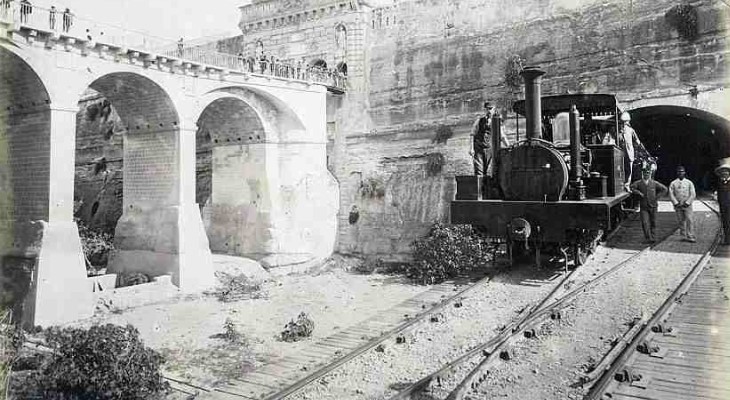
Valletta Underground
The subject of Valletta's underworld is vast and its stories profuse. Certainly, it's something to think about on your next visit to Valletta: what lies right beneath your feet when walking upon the city's curious streets?
Experience a little subterranean Valletta for yourself!
On 28th March, Valletta Underground (VU) will be organising its second event to celebrate 451 years of subterranean Valletta.
The general public is invited to listen to a talk delivered by Architect Edward Said about Valletta's subterranean locations, and later a tour of St Paul’s Anglican Cathedral. The event is free but booking is mandatory, and a suggested donation of €10 is requested to support the cause.
Booking details here.